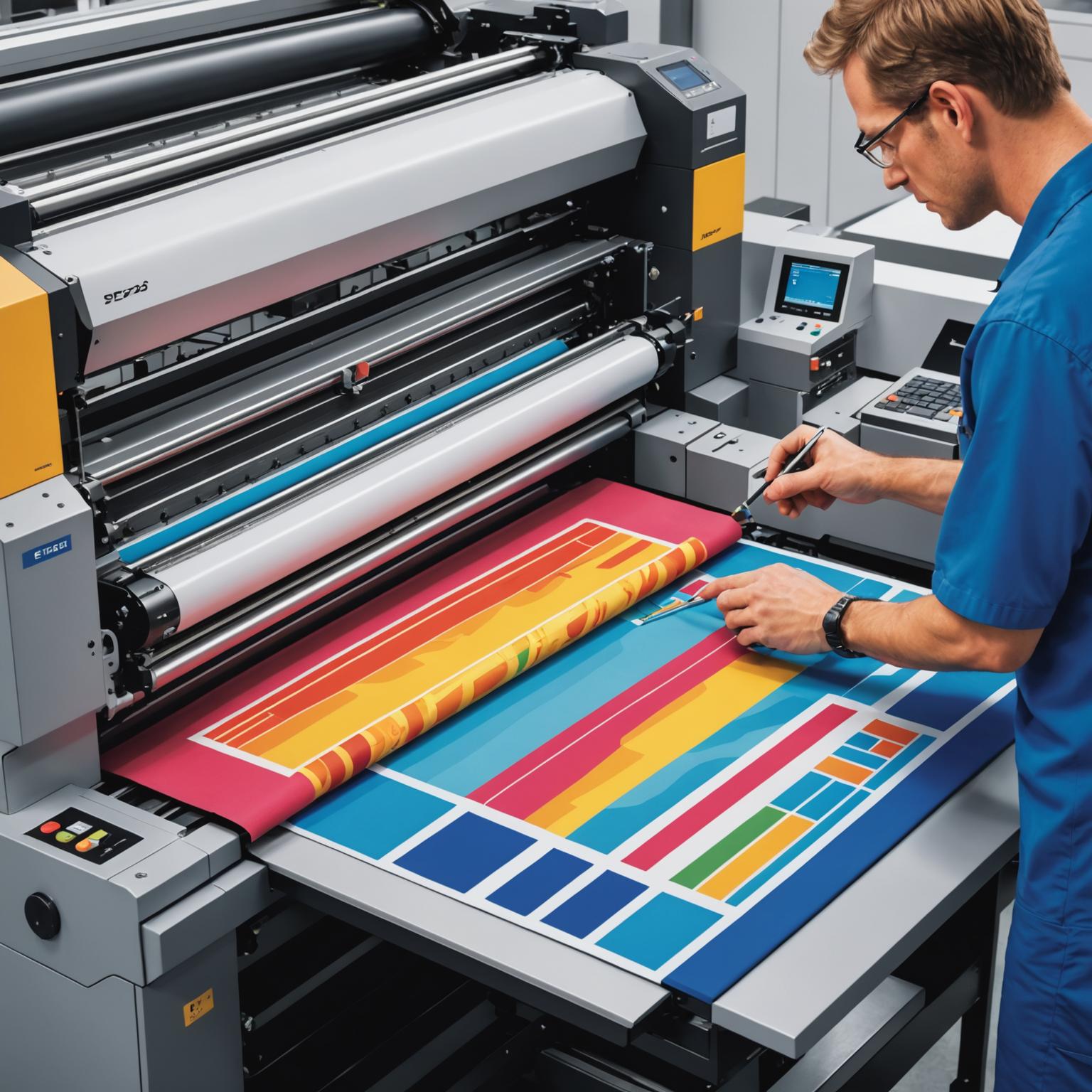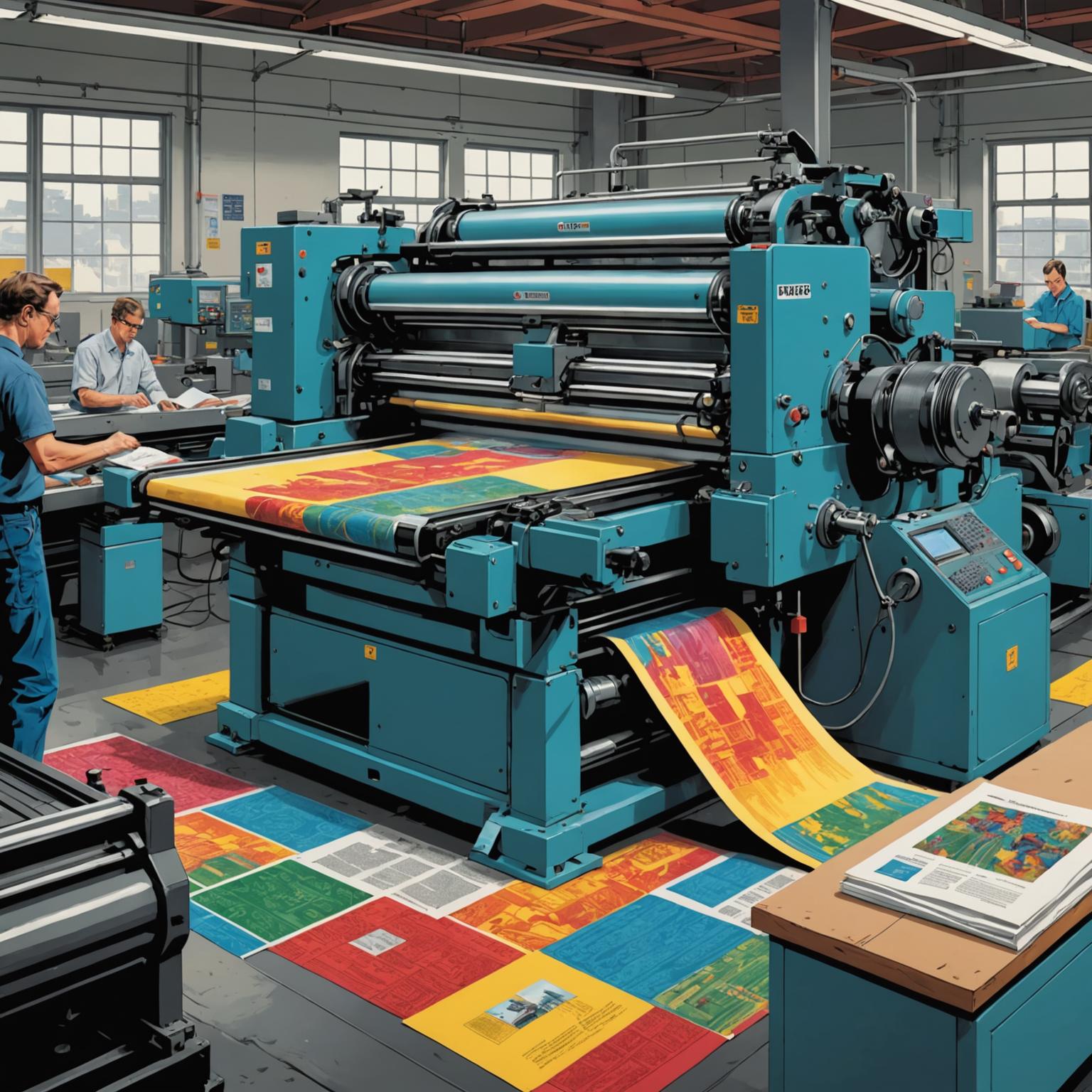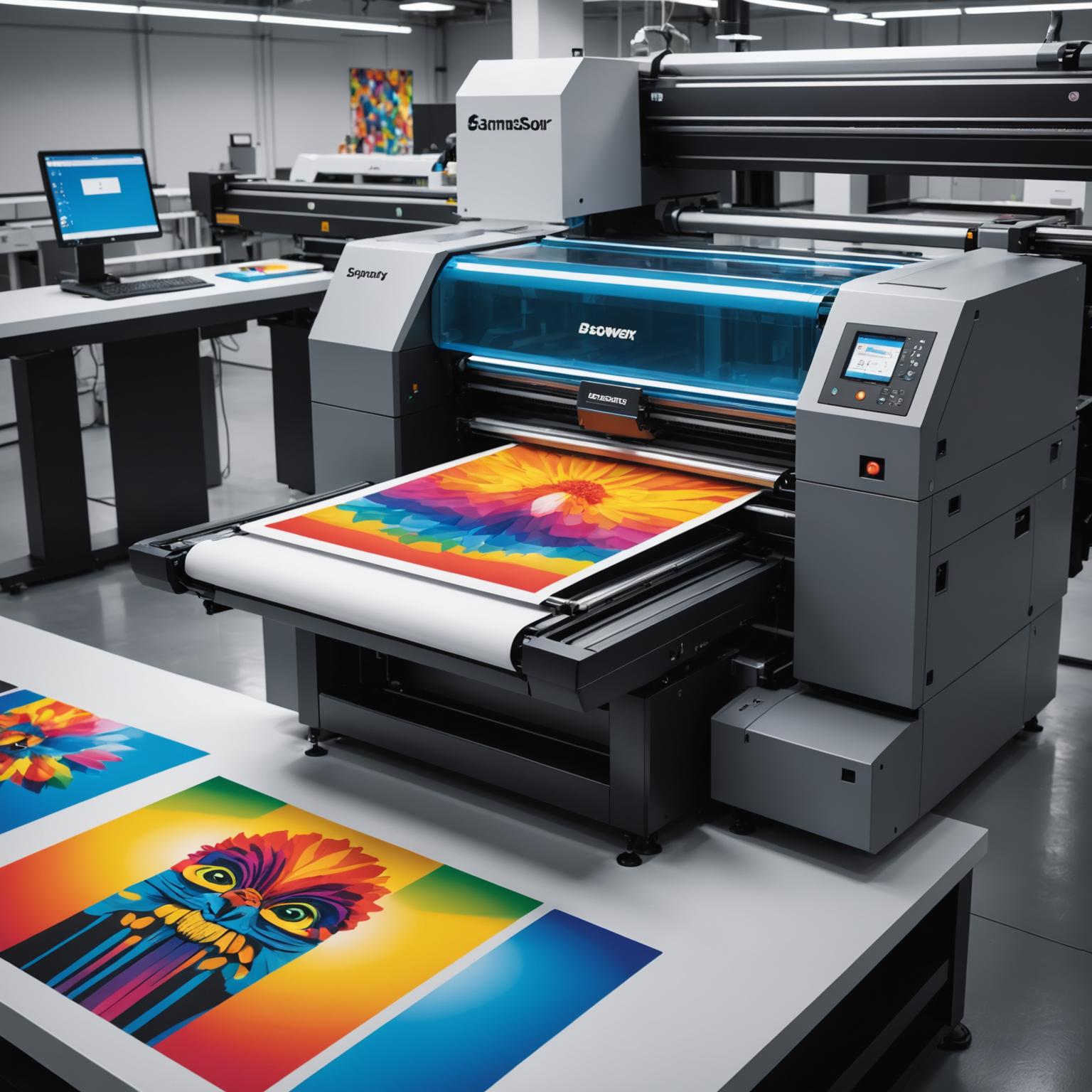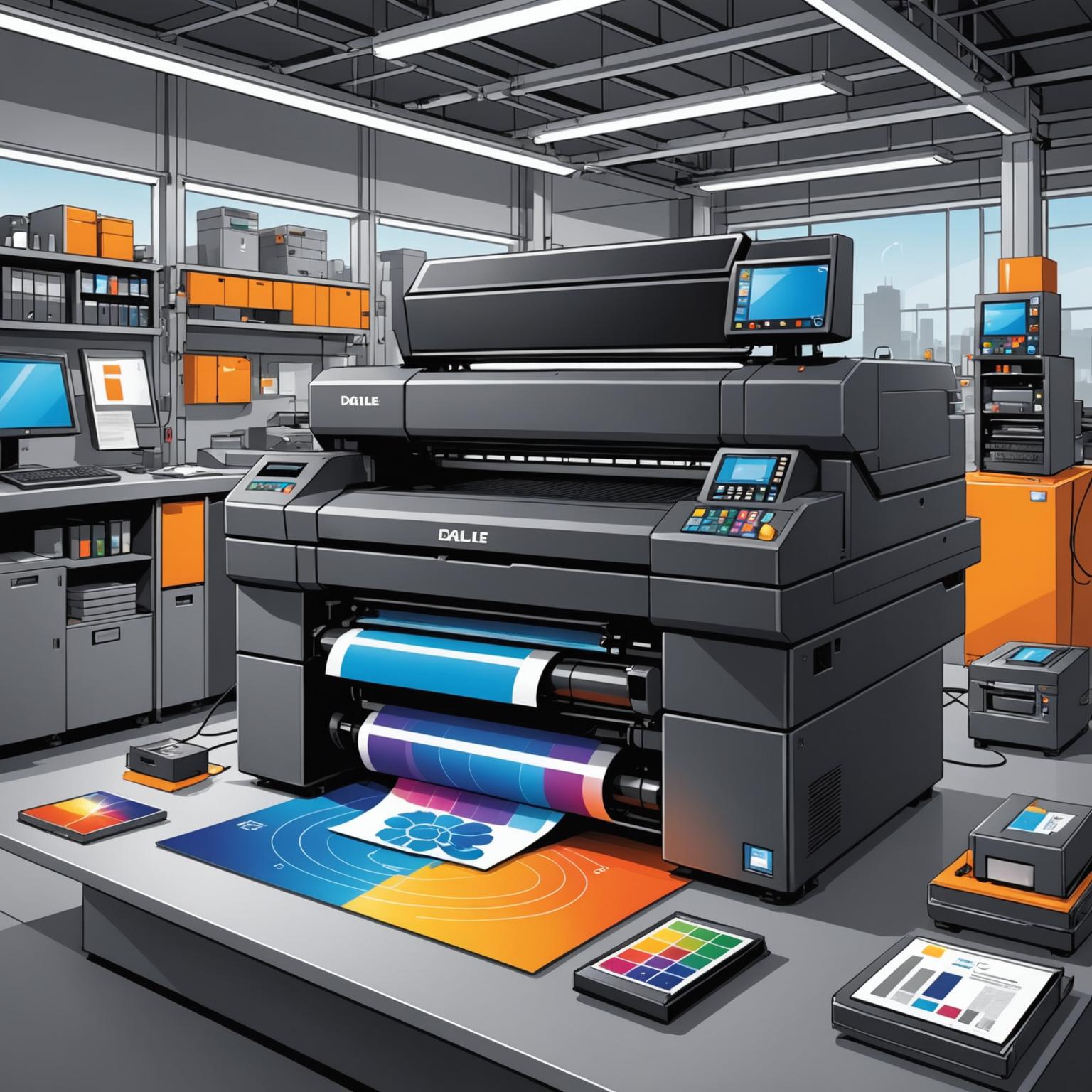In today's fast-paced world of commerce and logistics, efficiency and accuracy are paramount. A critical component in achieving this is the humble label, which has evolved far beyond a simple brand identifier. The advent of the Variable data printable label has revolutionized how businesses track products, manage inventory, and engage with customers. These labels, often in a convenient Self-adhesive label format, allow for unique information to be printed on each individual label within a single print run, unlocking a new level of functionality and customization.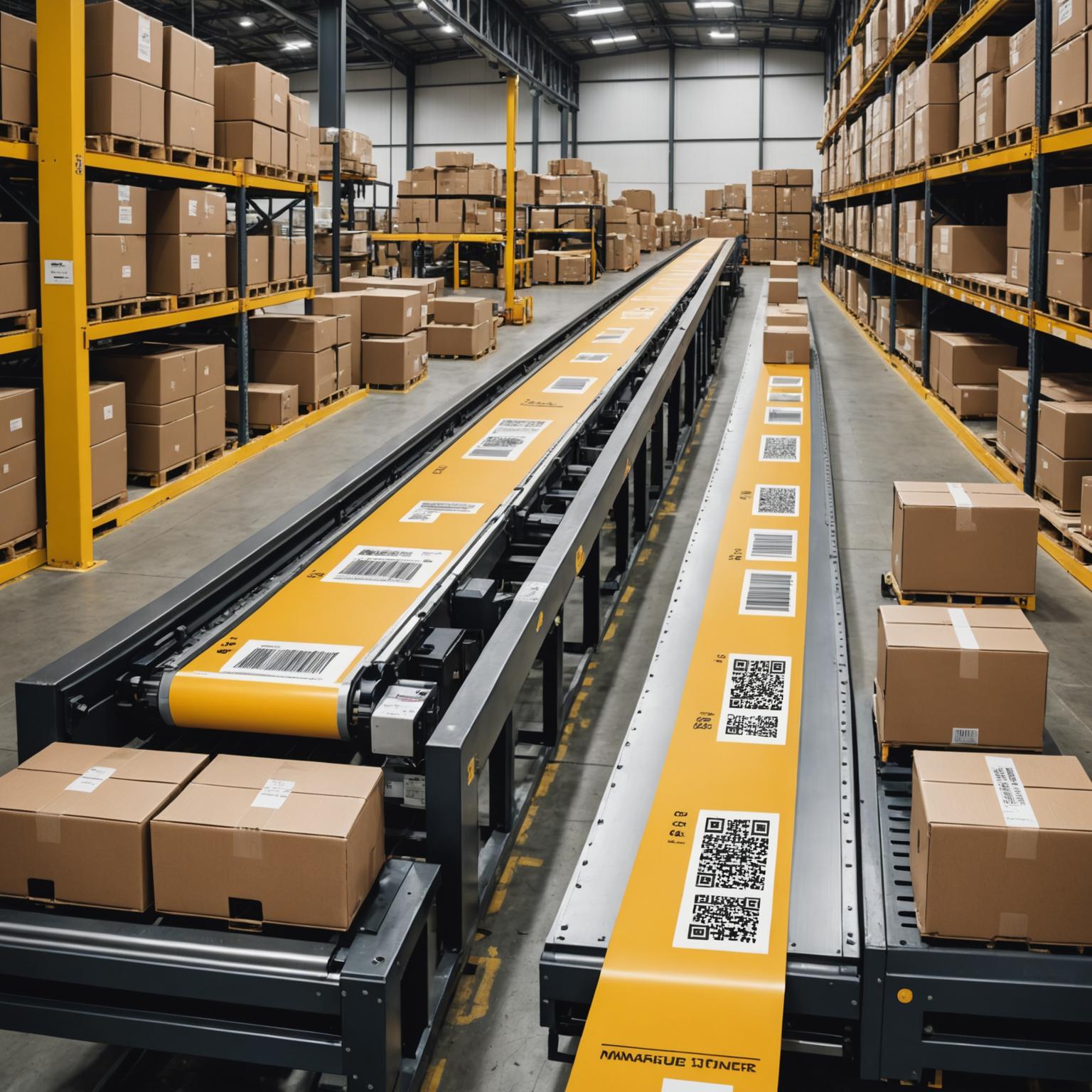
Understanding Variable Data Printing (VDP)
At its core, variable data printing, or VDP, is a form of digital printing that leverages a database or external file to personalize each printed piece. Unlike traditional printing methods where every impression is identical, VDP allows elements such as text, barcodes, QR codes, and images to change from one label to the next. Imagine a production line needing to label 10,000 components. With VDP, each component can receive a label with a unique serial number, production date, and corresponding barcode, all printed sequentially without stopping the printing press. This process merges the power of a database with the efficiency of digital printing, creating a seamless workflow for generating unique identifiers at scale.
The Wide-Ranging Applications of Variable Data Labels
The applications for this technology are vast and span across numerous industries. In logistics and e-commerce, every shipping label is a prime example of a Variable data printable label, containing a unique address, tracking number, and routing code. In manufacturing, they are essential for traceability, enabling companies to track individual parts or batches throughout the supply chain for quality control and recall management. Retail and marketing departments use them for creating personalized promotions, printing unique coupon codes, or adding QR codes that link to specific customer experiences. The ease of application offered by a Self-adhesive label format makes it the perfect partner for these dynamic print jobs, allowing for quick deployment on packages, products, or direct mail campaigns.
The Advantage of the Self-Adhesive Format
While the data is the 'brain' of the label, its physical form is equally important for practical use. The Self-adhesive label format is the standard for a reason: it's incredibly efficient. These labels come on a roll or sheet with a pre-applied adhesive and a release liner. This eliminates the need for external gluing, which is messy and time-consuming. This format offers versatility in materials, from standard paper for general use to durable synthetic materials like polyester or polypropylene for harsh environments that require resistance to moisture, chemicals, or abrasion. The adhesive itself can also be tailored, with options ranging from permanent for security seals to removable for temporary labeling. This combination of a convenient format and a powerful Variable data printable label creates a solution that is both smart and easy to implement in any operational setting.
The Future of Labeling is Dynamic and Personalized
In conclusion, the shift from static to dynamic information has fundamentally changed the role of labels in business. The Variable data printable label is no longer a niche product but a cornerstone of modern inventory management, marketing, and supply chain integrity. By providing unique, trackable, and personalized information on each item, companies can enhance security, improve efficiency, and build stronger connections with their customers. As technology continues to advance, the capabilities of variable data printing will only expand, further integrating this essential tool into the fabric of global commerce.



